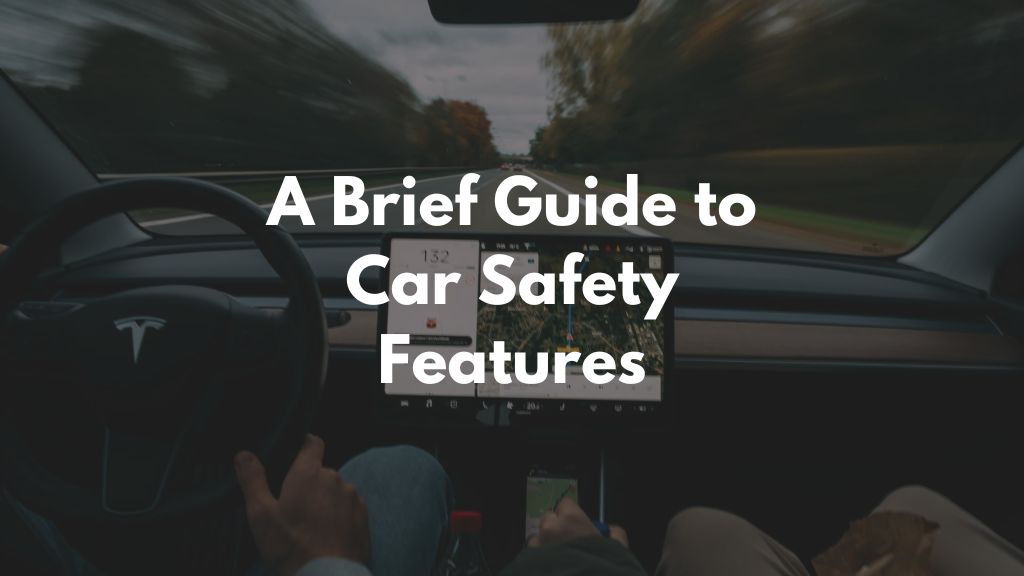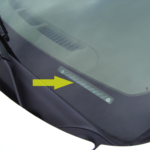Over the years, the growing importance of driver safety has seen significant advancements in car safety features. Today, new cars come equipped with a wide range of safety technologies designed to minimize the risk of accidents and protect the vehicle’s occupants at all times. Passive safety systems protect vehicle occupants in the event of a crash. As for active safety systems, drivers are given the tools to monitor their surroundings to preempt an accident.
Our guide will explore the critical car safety features that you need to know as a car buyer. From seat belts to advanced driver-assistance systems, we’ve got you covered.
Common/Mandatory Safety Features in a Car
Seat Belts
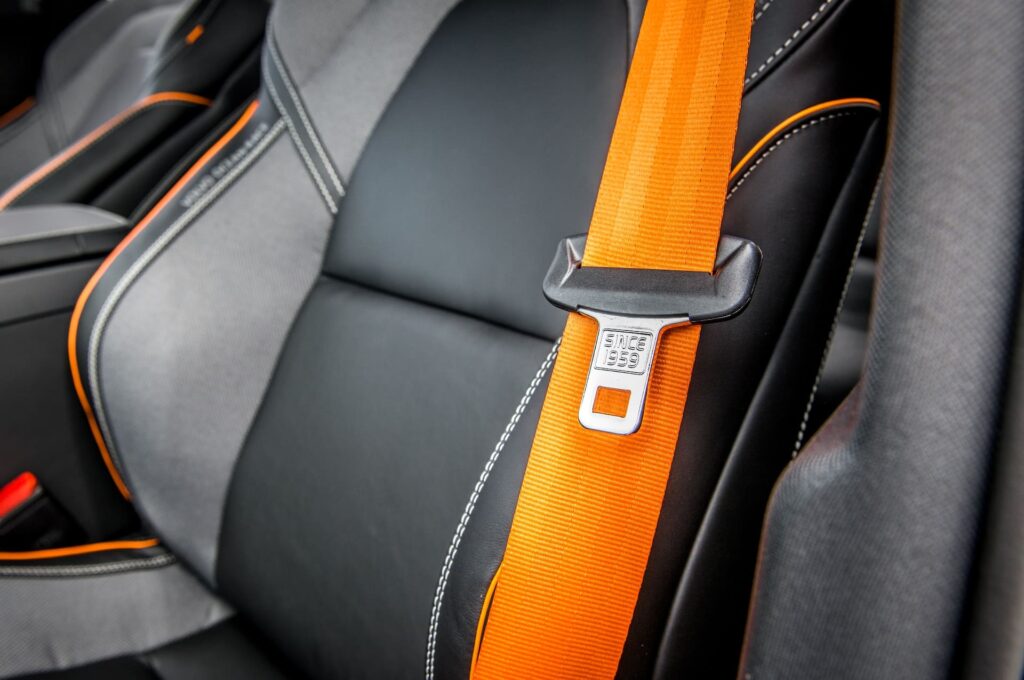
Seat belts are one of the most essential safety features in a car, one that was made mandatory in 1968. Older seat belts didn’t have a pre-tensioner, which meant they were uncomfortable to use – especially for shorter drivers. Modern seat belts use a three-point restraint system, including lap and shoulder belts, while the pre-tensioner gave users more room to move while tightening immediately during a crash. There are also adjustable anchors to adjust the height of the seat belt, which can prevent neck injuries during a crash.
Despite the fact that seat belts are proven to save lives and reduce the severity of injuries, the national use rate of seat belts is 91.6 percent. Airbags may be an essential safety feature, but the force of an airbag inflating during a crash can still be fatal if you don’t wear your seat belt.
Airbags
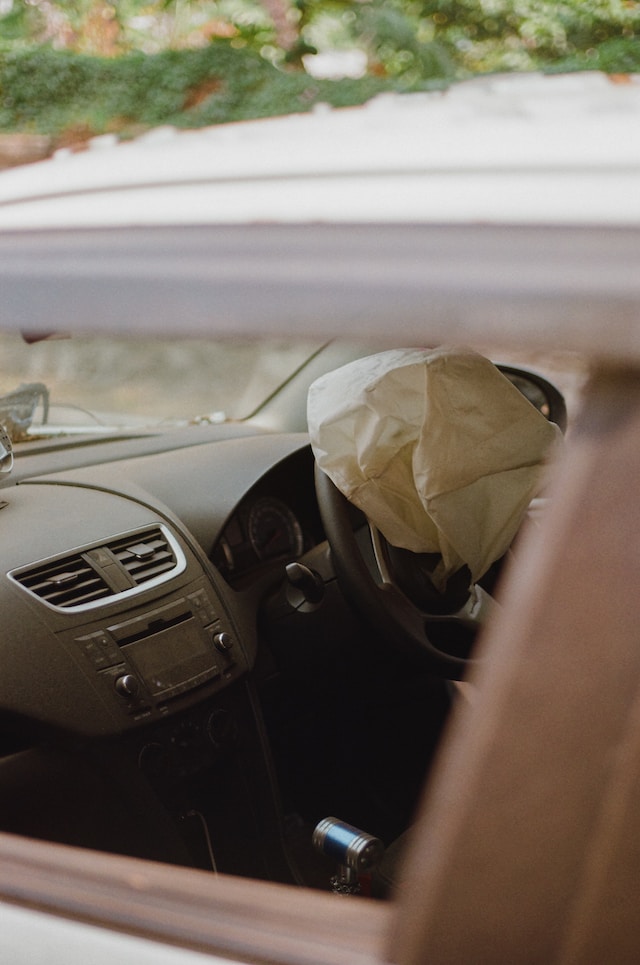
Airbags cushion you in a crash and reduce its overall impact. Crash sensors linked to an onboard computer will trigger the airbags to inflate when a crash occurs. The bags inflate in “the blink of an eye” to cushion the driver or passenger before it immediately starts deflating.
Though the federal mandate only requires frontal airbags, side and curtain airbags are some of the common types of airbags you might find in modern cars. These airbags have greatly helped save numerous lives over the years: the Insurance Institute for Highway Safety (IIHS) notes that frontal airbags “reduce driver fatalities in frontal crashes by 29 percent,” while side airbags reduce the risk of death by as much as 52 percent.
If you’re carrying young children in your car, airbags can be dangerous unless you ensure that they’re correctly restrained with a seat belt or an appropriate restraint system. If you have a baby, install a suitable baby carrier in the rear seating area; never place a rear-facing child seat in the front passenger seat.
Crumple Zones
Sometimes called crush zones, crumple zones are areas in the front and rear of a vehicle that is designed to absorb the energy of a collision and prevent it from reaching the vehicle’s occupants. During a crash, these zones deform and collapse, dissipating the impact force and reducing the risk of severe injury to the occupants. The energy is redirected to the crumple zones instead of to other areas where the occupants are, thus preventing injury.
Antilock Brakes (ABS)
ABS consists of a monitoring system with four sensors, one at each wheel, which detect when your car’s tires begin locking up during hard braking. If it does, the ABS will begin to pulse – that is, rapidly applying and releasing – the brakes to prevent your car from skidding. Be sure to find out if your vehicle has ABS and how to use it in an emergency.
The primary purpose of ABS is to allow drivers to steer their cars to safety even as they hit the brakes. Without ABS, braking can potentially cause further harm to innocent bystanders in the way, as you’re unable to steer the car away from pedestrians, other cars, or potential hazards in the way.
Automatic Emergency Braking (AEB)
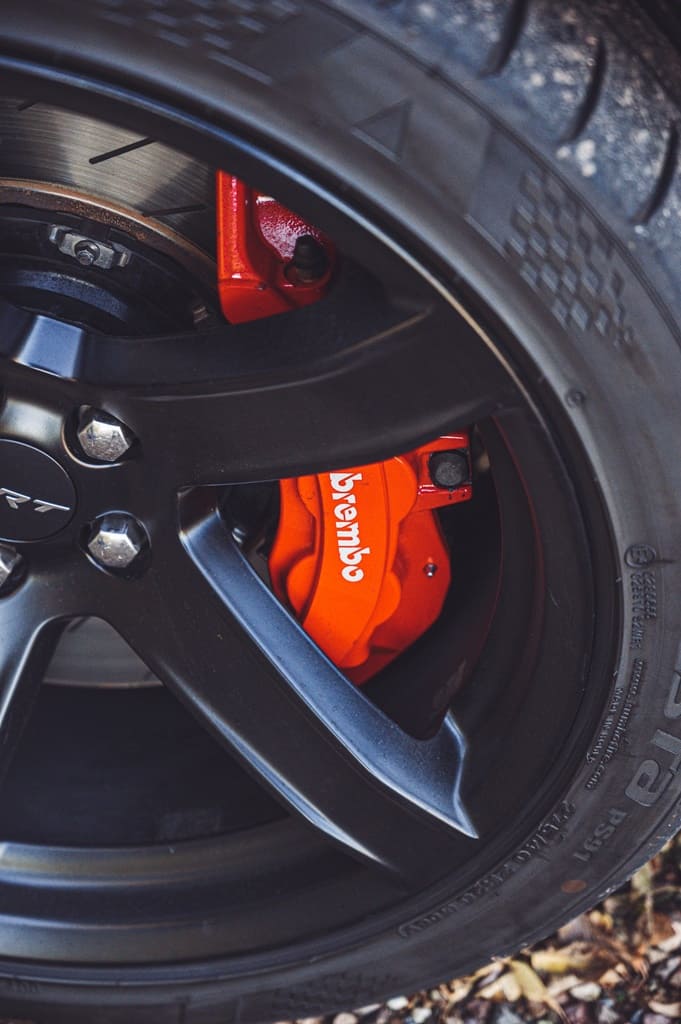
As the name suggests, automatic emergency braking automatically applies the brakes if the driver fails to respond to warnings that they’re too close to the vehicle or obstacle in front of them. Using sensors and advanced algorithms, AEB can detect an imminent collision and initiate braking to mitigate or prevent the impact. This technology has been made a mandatory standard feature starting in 2022, but despite its importance, many AEB systems don’t brake hard enough or early enough to prevent a collision. As such, you shouldn’t be too reliant on its braking capabilities.
Backup Camera
Sometimes referred to as a rearview camera, it provides a clear view of the area behind the vehicle as you reverse. One or more cameras are usually mounted on the car’s rear and will display a live feed on a screen in the dashboard (via your car’s infotainment display) or to your rearview mirror. Backup cameras greatly enhance rear visibility and help prevent accidents, mainly when obstacles or pedestrians are not easily visible from the driver’s view, especially if they’re in a blind spot.
Most cameras are located in the rear lower trim pieces of the car. Newer cameras also come with parallel guidelines – sometimes with graduated colors – in the display screen, making it easier to adjust your vehicle and gauge distances as you park or reverse.
Traction Control
This feature helps maintain traction between the drive wheels and the surface beneath them, which is particularly useful for slippery surfaces. It uses sensors to detect when a wheel is spinning faster than the others and reduces torque in that particular wheel. Traction control dramatically improves stability and control, particularly during acceleration on slippery surfaces. You might feel it kick in as you’re accelerating or taking corners.
Electronic Stability Control

Electronic stability control (ESC) is a sophisticated safety feature that helps prevent skidding and loss of control. It uses multiple sensors, sometimes borrowing the sensors of other systems, to monitor the vehicle’s movement and compares it to the driver’s intended direction, the steering wheel position, and more. If the system detects a loss of control, it automatically corrects your car by adjusting your speed and/or selectively brake one or more wheels to safeguard you and your vehicle from crashing or even rollovers.
ESC is especially effective in emergency maneuvers and during cornering, but of course, it’s not foolproof. It requires that ABS works optimally since ABS helps brake the wheels and properly inflates your tires.
Parking Sensors
Parking, or proximity, sensors help you with making accurate parking maneuvers. Using a suite of sensors in the front and rear, it can detect obstacles like parked cars, high curbs, or even bollards and alerts you of this with a series of beeps that get louder as the car gets closer to the object. There may be other parking assist systems included in your car; some vehicles even have an automated parking assist that maneuvers the car into a parking spot without any input from you (of course, it’s not perfect).
LATCH (Lower Anchors and Tethers for Children)
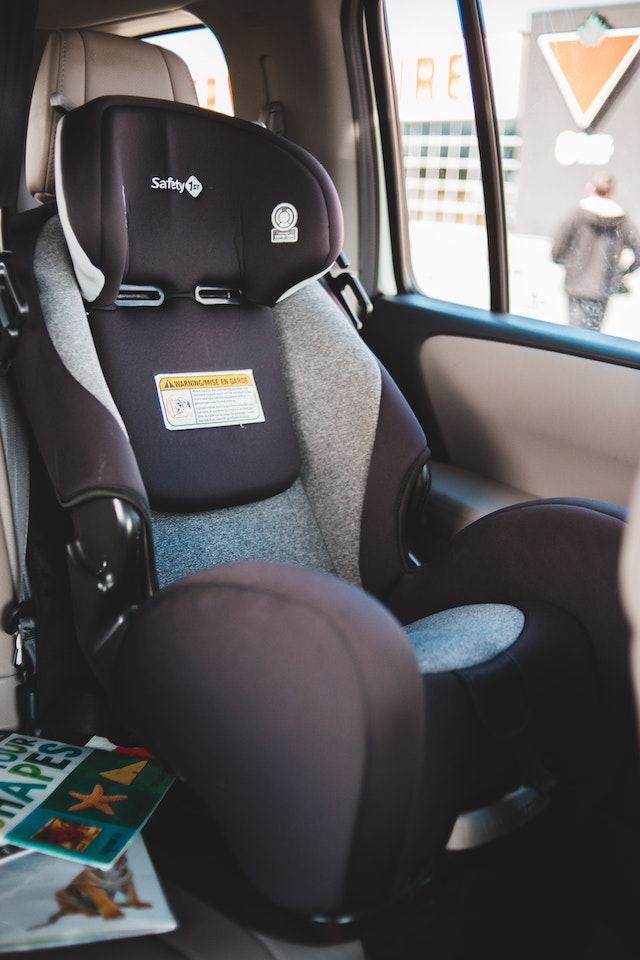
All child safety seats in a car must be placed according to the LATCH standard. Instead of the old and flawed method of using seat belts to secure child safety seats, LATCH uses tethers that attach to the child safety seat and keep it in a tight, secure position. The tethers are usually located in the bottom seat cushion and car seat back.
Tire Pressure Monitoring System (TPMS)
The TPMS keeps an eye on your tires’ pressures and warns you when any of your tires might be under-inflated. This is important as inflated tires can be at risk of blowouts, making it very difficult to brake or steer. Each tire may have a direct sensor, which transmits the tire pressure readout to your dashboard, or an indirect sensor which only detects low tire pressure from your car’s wheel rotation. If the TPMS logo turns on, you should get your tires checked immediately.
Advanced Safety Features
Blind Spot Monitors
Blind-spot monitors keep an eye on nearby roads and can warn you if any vehicles might be in your blind spot, such as behind the car’s roof pillars. There may be warning lights in the exterior mirrors illuminating or blinking if a vehicle is detected nearby or in an adjacent lane.
Brake Assist
Brake assist provides additional braking power in emergencies, in which it applies emergency braking as long as you hold down the brake pedal. It doesn’t necessarily stop your car immediately, but it can still be helpful during emergencies.
Forward Collision Warning
This system is usually paired with automatic emergency braking, as it will warn drivers of a potential collision with the vehicle or obstacle in front of them. This is done by utilizing the car’s onboard detection systems (the same ones used by automatic emergency braking) to monitor the road ahead for any other vehicles and whether they’re moving or idling.
Lane-Departure Warning
The lane-departure warning uses a front-mounted camera to monitor your vehicle and ensures you drive within a lane based on lane markers. If you’re wandering out of the lane, the system automatically warns you of the fact.
Lane-Keeping Assist

Unlike lane-departure warning systems, this one actively keeps your car within the lane by making micro-adjustments to the steering and keeping the vehicle centered. It’s meant to enhance driver awareness and reduce the risk of unintentional lane departures. Some systems may even gradually apply braking power just as your vehicle is about to cross the line.
Some automakers may integrate lane-departure warning and lane-keeping assist into one package, usually called a lane-centering assist system.
Pedestrian/Bicycle Detection
The front-facing cameras may also have a pedestrian or bicycle detection system to look out for people who may be crossing the street or riding their bicycles. Some systems may also apply the brakes when pedestrians/cyclists are detected.
Rear Cross-Traffic Alert (RCTA)
Typically paired with your car’s blind-spot monitors and other rearward sensors, the RCTA system helps you detect incoming traffic as you reverse your car from your home driveway or from a parking spot. This is particularly useful when you’re reversing into the path of crossing traffic. Some systems also pick up pedestrians and cyclists and may even have automatic braking to prevent you from reversing into an oncoming car.
Automatic High Beams
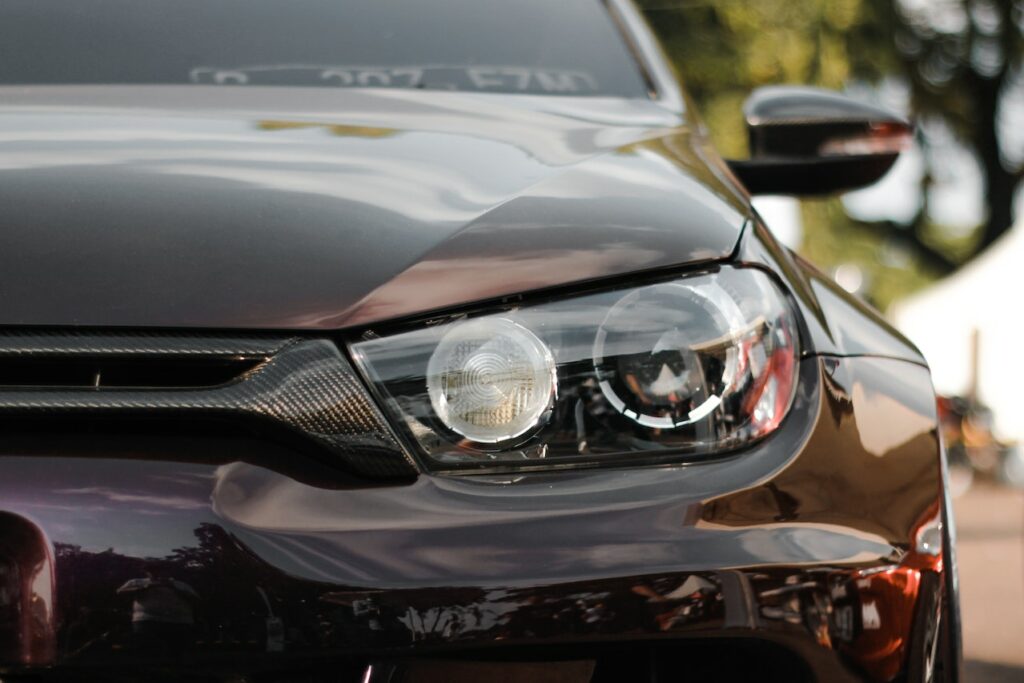
Automatic high beam systems automatically switch between low and high beams based on whether there are vehicles in the way. These systems use sensors or cameras to detect oncoming cars or road signs ahead and adjust your headlights accordingly. Automatic high beams help improve your visibility when driving at night while also preventing other drivers from being blinded by the lights.
Adaptive Headlights
Unlike regular headlights, adaptive headlights use sensors that allow the lights to swivel left and right, depending on your steering angle. This means you can illuminate the areas to your right or left as you turn, giving you better visibility and being able to spot obstacles that you usually might not notice.
Adaptive Cruise Control
Adaptive cruise control (ACC) is a convenience feature that uses radar or camera modules to maintain a safe cruising speed and set distance from the vehicle ahead. Once you have it turned on, it’ll take care of the rest for you. This adaptive system may offer varying options for following distances, while others even allow for automatic braking in stop-and-go traffic conditions. More advanced systems can use GPS mapping to accurately control the car’s speed and distance from other vehicles, even as you take corners or pass specific speed limit zones.
Camera Systems
Besides the backup camera, some cars offer optional cameras to help you be more aware of your surroundings, including surround-view cameras for better parking adjustment and visibility.
Semi-autonomous Driving
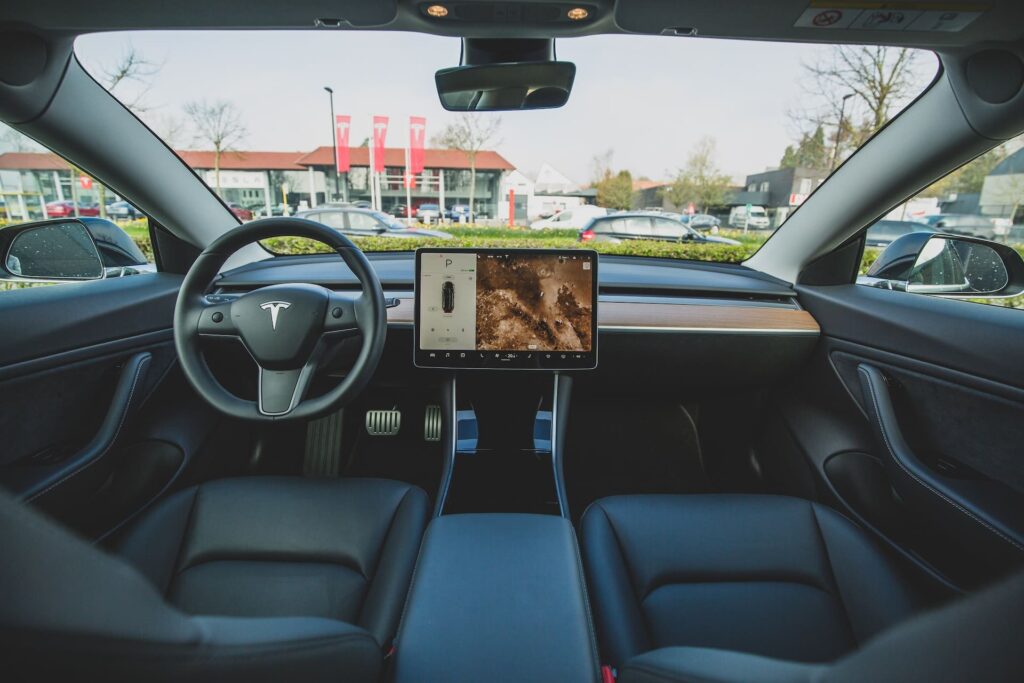
This is a mix of individual advanced driving assistance systems that help to reduce driver fatigue in many ways. While it doesn’t automatically drive the car for you, it does assist you with accelerating, steering, braking, changing lanes, and even with parking. Tesla calls theirs the Autopilot system, while other companies have it go by other names.
Before You Buy a Car
Not all these safety features will be available on every car model’s trim level. Some of the more advanced aids, such as adaptive cruise control, are usually locked behind the higher trims, or as optional packages, you can add to your new car purchase. It’s always a good idea to check with the dealer on what kind of safety aids you’ll get from your purchase and add any relevant ones you might want. Note that some of these optional add-ons may incur extra charges to your bill, so be prudent about what you need.
You can still find a good deal of helpful safety features in older used models as well, but buying used cars does have some caveats. For one, you might not know if some of the safety aids are still in working condition or if the entire listed car is actually a lemon in disguise. It’s why you should always get a vehicle history report when checking out the used car market. The report gives you all the data you need to know about a used car you’re keen on: vehicle maintenance records, odometer readings, and even what safety features are available and what state they’re in. Give yourself peace of mind when buying a used car with a vehicle history report in your hands!

